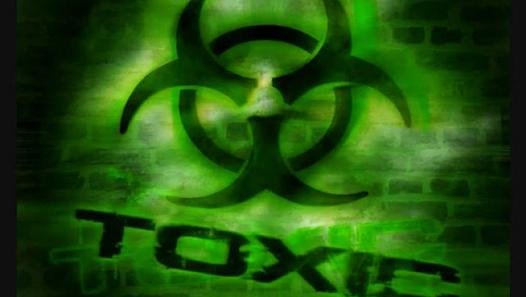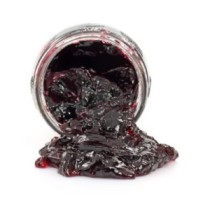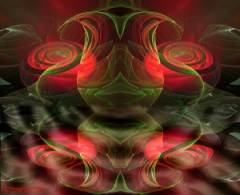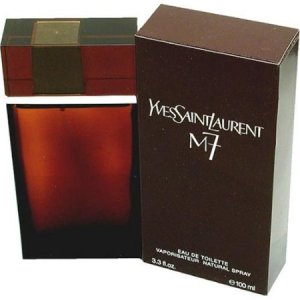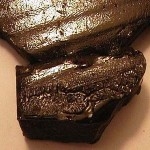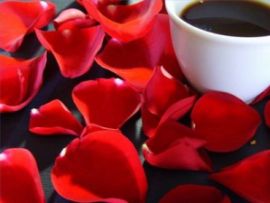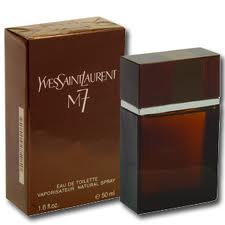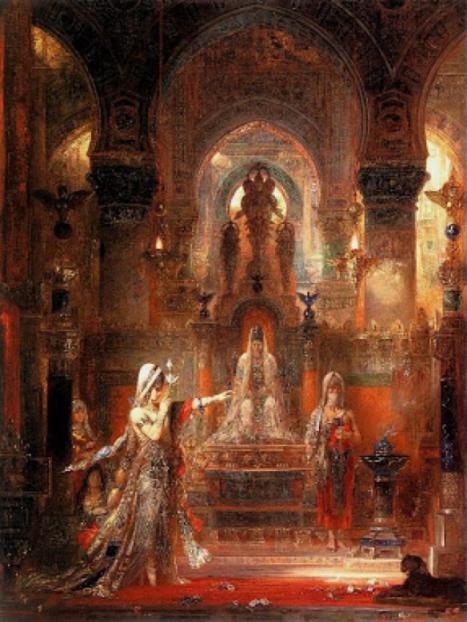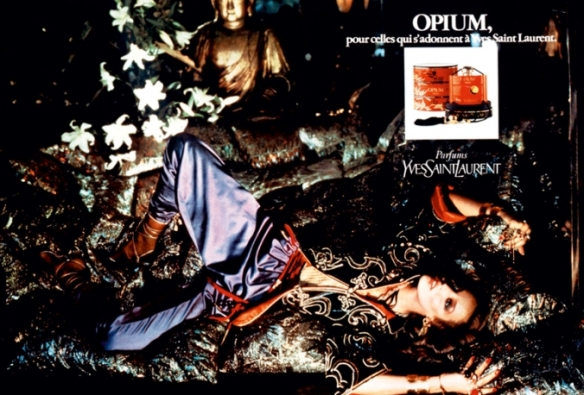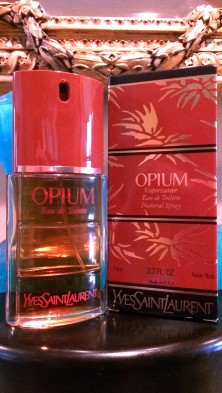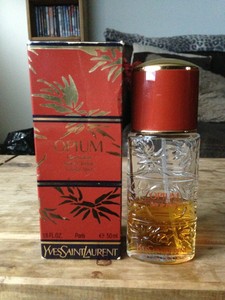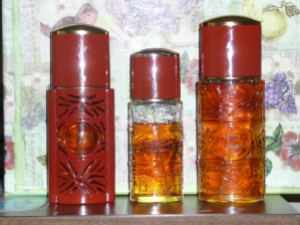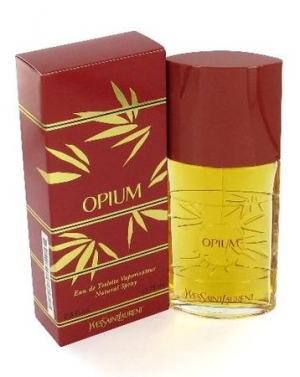YSL’s new Oriental Collection is a trio of fragrances that are meant to be “an invitation to travel” to the Orient. Each one is an eau de parfum housed in a gold-covered bottle, and offered in limited distribution at a very high price. The other day, I covered the toxic abomination that is Noble Leather. Today is the turn of the remaining fragrances in the line: Majestic Rose from the great Alberto Morillas; and Supreme Bouquet, created by perhaps the even greater Dominique Ropion.
MAJESTIC ROSE:
The most complete and detailed information I found for Majestic Rose comes from Osmoz which states, in part, that:
Majestic Rose pays tribute to the queen of flowers. Rose goes animalic here, becoming one with the oud wood in the trail. […] Composed around rose, the fragrance starts by unveiling notes of bergamot, raspberry and papyrus. The rose heart is sweetened with honey and spiced with saffron and maté. The woodsier trail is composed of oud, guaiac and vanilla. Perfumer: Alberto Morillas, Firmenich.
Note of Top : Raspberry, Bergamot, Papyrus
Note of Heart : Rose, Mate, Saffron, Honeyed Notes
Note of Base : Vanilla, Oud, Gaiac Wood
Maté is not a common note in perfumery, and it plays a part in Majestic Rose’s opening, so I thought this description of it from Osmoz might be useful:
Tobacco, Herbaceous, Hay, Tea. […] Maté is a variety of holly that grows in South America. […] Used primarily in men’s perfumery to create fougere and chypre tonalities[.]
Majestic Rose opens on my skin with: indistinct, anonymous “fruit;” something very much like ISO E Super; stale, dusty, dry tobacco; fruited rose; dusty, dry parchment paper; cheap synthetic “oud;” dry, leathery, spicy saffron; and a hint of vanilla. Oh, did I happen to mention dust? The fragrance is the oddest mix of sweet syrup and dust notes. All I can think about when wearing it is actual dust in an old library that has been drenched in a thin layer of fruit syrup, saffron, and jammy roses, all sprinkled with astringent, peppered ISO E Super, synthetic tea, and a drop of honeyed tea. It’s an airy mix with moderate sillage, but the prickly, peppered, spiky, synthetic elements all give it a certain roughness and sharpness.
Majestic Rose may not be the toxic dust cloud of its brother, the vile Noble Leather, but it has its own share of chemicals. I would bet anything that the perfume contains Kephalis. It is a synthetic which smells a lot like ISO E Super, is extremely dry, and which Givaudan describes as a long-lasting note with an amber-woody-tobacco profile. As for all that dust in Majestic Rose, it may stems from the papyrus, but the sheer degree of aridness underlying the scent seems much more consistent with the super synthetic, Norlimbanol. It is produced by Alberto Morillas’ own firm, Firmenich, and has been described by Chandler Burr as “quite simply, the smell of extreme dryness, absolute desiccation.”
At its core, Majestic Rose is a dust, rose, and “oud” fragrance. Certain notes act as supporting players, waxing and waning in prominence, but the perfume’s essential profile doesn’t really change. Five minutes into its development, the vanilla in the base starts to stir, while the papyrus becomes stronger and more significant. Majestic Rose just gets drier, and drier. And drier. 15 minutes in, Majestic Rose loses much of its syrup, and the fragrance starts to feel like a dust bowl with synthetic peppered ISO E Super, bone-dry woodiness, and, in a wholly discordant mix, sweet pink roses. It’s almost disconcerting to smell the flowers given the other notes. It’s as though a single, fresh, pink rose were pressed in parchment paper scrolls, then stuck in a monastery’s library which hadn’t been dusted since the late 11th Century.
Thankfully, that phase is short-lived and only lasted about 40-minutes, but at least it was somewhat interesting and different. It’s a lot more than I can say for the rest of Majestic Rose’s development. As the dust recedes, the fragrance turns into a generic bouquet of syrupy rose, synthetic oud, and ISO E-ish chemicals in a cocoon of indistinct, abstract dryness. Hints of other things come and go, like vanilla and tobacco, or the merest drop of something that occasionally feels tea-like, but Majestic Rose’s main thrust is rose-oud (with synthetics). Needless to say, it’s not a particularly distinctive combination these days. In fact, something about Majestic Rose feels awfully familiar, but it’s hard to know which rose-oud fragrance it might be — there are literally hundreds of them.
I’ll be honest, I scrubbed off Majestic Rose after three hours. Normally, I would put up with an unpleasant fragrance, partially to see what happens but, primarily, for the sake of thoroughness. However, after the indescribable horror of YSL’s Noble Leather, my tolerance levels are wholly depleted. Moreover, I saw zero chance of Majestic Rose suddenly morphing into something different, it was giving me a mild headache, and I’m pretty much fed up with bad perfumes from YSL. So I had a Thanksgiving Day indulgence, even if that consisted of soap and aggressiveness with a loofah. You probably won’t be shocked to hear that Majestic Rose — like most very synthetic, chemical fragrances — was not easy to remove….
As with all the fragrances in the Oriental Collection, Majestic Rose costs £185 or €177 for an 80 ml bottle. At the current rate of conversion, £185 is $301. I’ll spare you a repetition of how inexpensive it is for individuals like you or I to buy a bottle of each of those synthetics cost in concentrated, undiluted form, or how little L’Oreal/YSL probably spent to make this fragrance. Suffice it to say that the cost of this fragrance is utterly ridiculous, given the ingredients and banality of the scent.
SUPREME BOUQUET:
According to Osmoz, Supreme Bouquet was created by the legendary Dominique Ropion of IFF, and it provides the following description of the scent:
Sweet and creamy, Supreme Bouquet is a perfume in Yves Saint Laurent’s Oriental Collection. Inspired by the mysteries of the Orient, the line is an invitation to travel. The house describes Supreme Bouquet as an escapade in an oriental garden. The fragrance is composed around white flowers.
Supreme Bouquet opens with notes of bergamot, pink pepper and pear. The heart pairs tuberose with jasmine and ylang-ylang. The slightly ambry trail is composed of white musk and patchouli.
Note of Top : Pear, Bergamot
Note of Heart : Jasmine, Tuberose, Ylang Ylang
Note of Base : Patchouli, White Musks, Ambry Notes
I’m a sucker for tuberose, so I perked up a little when I sniffed Supreme Bouquet back in Paris. It was still a very tempered response, however, and one that was wholly relative to my utter disdain for the other two fragrances in the Oriental Collection. On paper, it seemed moderately pleasant and pretty, but nondescript and lacking much originality.
The sad thing is that it’s actually much better on paper! On the skin, it’s merely yet another synthetic trip to disappointment. In a nutshell, Supreme Bouquet is like any fruity-white fragrance available at Sephora or at a middle-level department store. Actually, I’m pretty sure some celebrity fragrances are like Supreme Bouquet — right down to their chemical base.
In the vial, Supreme Bouquet smells like a dewy, watery, sweet, white floral scent dominated by tuberose, and lightly infused with pear and white musk. On the skin, it opens with pink peppercorns, white musk, sweet greenish pears, and tuberose. The notes sit atop a base of synthetic, clean, white musk, a synthetic like ISO E Super, and fake “ambry” notes. The synthetics soon become as dominant as the supposedly natural notes, turning Supreme Bouquet into a very sharp, almost laundryesque white floral bomb with pear, pink pepper, and prickly, peppered, sharp ISO E Super. The perfume is a lot of things: it’s very sweet, very fresh, very clean, very white, and very synthetic — but not, alas, very interesting.
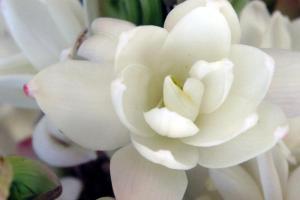 It takes less than five minutes for my skin to be radiating sharp, synthetic white musk and spiky ISO E Super infused with tuberose, pink peppercorns and pear. It gave me an instant headache. Only after an hour do the synthetics finally start to soften, retreating to the edges of the fragrance. The purple patchouli surges to take their place, turning the tuberose even sweeter and adding a much heavier, deeper, fruited touch. By the end of the second hour, Supreme Bouquet is fruity-floral with gooey, purple patchouli and still sharp musk over a sheer, generic, abstract “amber” base with ISO E Super. The jasmine is as prominent as the tuberose now, but the patchouli threatens to dominate them both.
It takes less than five minutes for my skin to be radiating sharp, synthetic white musk and spiky ISO E Super infused with tuberose, pink peppercorns and pear. It gave me an instant headache. Only after an hour do the synthetics finally start to soften, retreating to the edges of the fragrance. The purple patchouli surges to take their place, turning the tuberose even sweeter and adding a much heavier, deeper, fruited touch. By the end of the second hour, Supreme Bouquet is fruity-floral with gooey, purple patchouli and still sharp musk over a sheer, generic, abstract “amber” base with ISO E Super. The jasmine is as prominent as the tuberose now, but the patchouli threatens to dominate them both.
Supreme Bouquet is a largely linear, simple fragrance. Only at the start of the 7th hour does it change, but it’s one of degree. The fruited patchouli is now equal to the tuberose, if not sometimes a bit more dominant, and both notes are trailed by lingering traces of peppered synthetic. Honestly, I see no amber whatsoever in the base. In its very final moments, Supreme Bouquet is merely an abstract blur of a fruited white floral. It lasted 10.75 hours on my skin, with sillage that was moderate only for the first hour but which quickly turned soft. The potency of the synthetic notes, however, meant that Supreme Bouquet was still quite sharp and easily detectable if sniffed up close. The perfume only became a skin scent after about six hours.
If you’re looking for a tuberose with fruity patchouli and synthetics, you should spare yourself Supreme Bouquet’s ridiculous price, and just take yourself off to Sephora, or a bargain basement to look for a celebrity fragrance. There are any number of places where you won’t be charged £185 or €177 for an utterly generic fruity-floral fragrance reeking of ISO E and white musk. Let’s not forget those pink peppercorns, either, something which is wholly passé as a perfume trend now but which was such a mainstay of commercial perfumery to go with the fruited patchouli and the white florals.
It’s sad to see the great Dominique Ropion‘s name attached to something that, quite frankly, makes some of the Tocca line of perfumes look like high-quality masterpieces. He really is a superb perfumer; from Ysatis to half of the most famous Frederic Malle fragrances and many other celebrated gems, he is enormously talented. He’s also seems to be a wiz with florals, and tuberose in particular. For example, the famous Carnal Flower, Dior‘s white Pure Poison, and the sadly maligned Amarige. To go from Carnal Flower to this?! In fact, if you’re looking for a simple fruity-floral, you may want to go with the Tocca brand than YSL. Tocca’s Florence is a much better fragrance which also has pear, tuberose, jasmine, bergamot, and musk. In addition, it also has more nuance, thanks to gardenia, violet, iris, and apple; it lacks patchouli; and it is a much fresher, greener, less sickly sweet perfume. Plus, it costs $68, not $300.
I don’t blame Dominique Ropion, however, for the utterly generic, Britney Spears-like fragrance that he’s created. (Britney Spear‘s best-selling Curious has a similar tuberose, pear and musk profile, but also many more notes and no fruited patchouli.) No, in this case, I blame Ropion’s masters at L’Oreal, since the simple fact is that all perfumers must abide by the agenda, briefs, and price point set by the client. Still, there is no getting around it: Supreme Bouquet is not Mr. Ropion’s finest hour. I wonder if he was bored out of his mind making it? I certainly was while wearing it.











